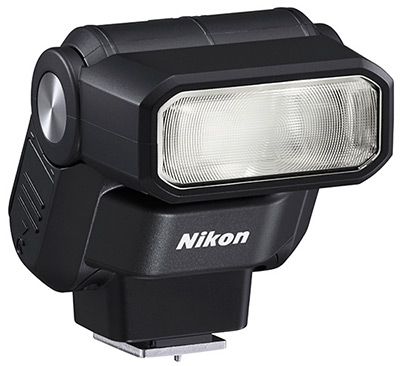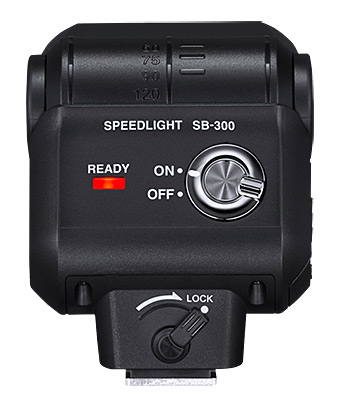Nikon SB-300 Speedlight Announcement
In addition to the Nikkor 18-140mm f/3.5-5.6G DX ED VR lens, Nikon also announced a brand new speedlight – the Nikon SB-300. Before the SB-300, the lowest-end flash unit in Nikon’s line was the SB-400. Since the SB-400 is a straight flash with limited flexibility to tilt the head (only straight upwards, no side to side movement), I never recommended it to anyone, even beginner photographers with entry-level DSLRs. Unfortunately, the price gap between the SB-400 and higher end speedlights like SB-600/SB-700 was too big for many beginner photographers, so I would often recommend third party flash units. Does the SB-300 change the game?

Unfortunately, it does not. While the SB-300 is a more flexible unit, allowing you to tilt the head up to 120 degrees, you still cannot move it side to side. On a positive note, the SB-300 is a very compact and lightweight speedlight, measuring 57.4 x 65.4 x 62.3mm and weighing only 97 grams. The power source is two AAA batteries and you can either use alkaline or Ni-MH rechargeable batteries. The control interface is extremely simplistic, making it super easy to use:

Simple can be both good and bad though – as you can see from the above image, there is only one thing you can do and that’s turn the flash on or off. There is no other control, which means that you cannot use the flash in manual mode, customize its behavior, or set it as a slave unit. Since it is an i-TTL unit, you will still be able to adjust flash compensation directly from your camera though. Another negative is its 4 second recycle time (3.5 seconds with Ni-MH batteries), which means that you will have to wait quite a bit between your shots.
Although the SB-300 is priced pretty low at $149.95, I would still recommend to get a third party flash unit for those that want to have more options for the same or less money. You can get a TTL flash from Vivitar, Nissin, Bower, Sunpack and Bolt under $150 and those flashes will do way more than the SB-300 ever will.





.gif)





